Scotland’s rugged landscape offers extraordinary wilderness experiences where human presence fades into the background, leaving visitors immersed in natural surroundings. Beyond the popular tourist routes and famous landmarks, a different Scotland exists—one where ancient forces continue shaping the land much as they have for thousands of years.
The country’s complex geography, combined with its northern location and relatively small population, creates perfect conditions for genuine wildness to thrive. Here is a list of Scotland’s most tranquil destinations where nature remains the dominant presence, and visitors can experience remarkable solitude.
The Knoydart Peninsula
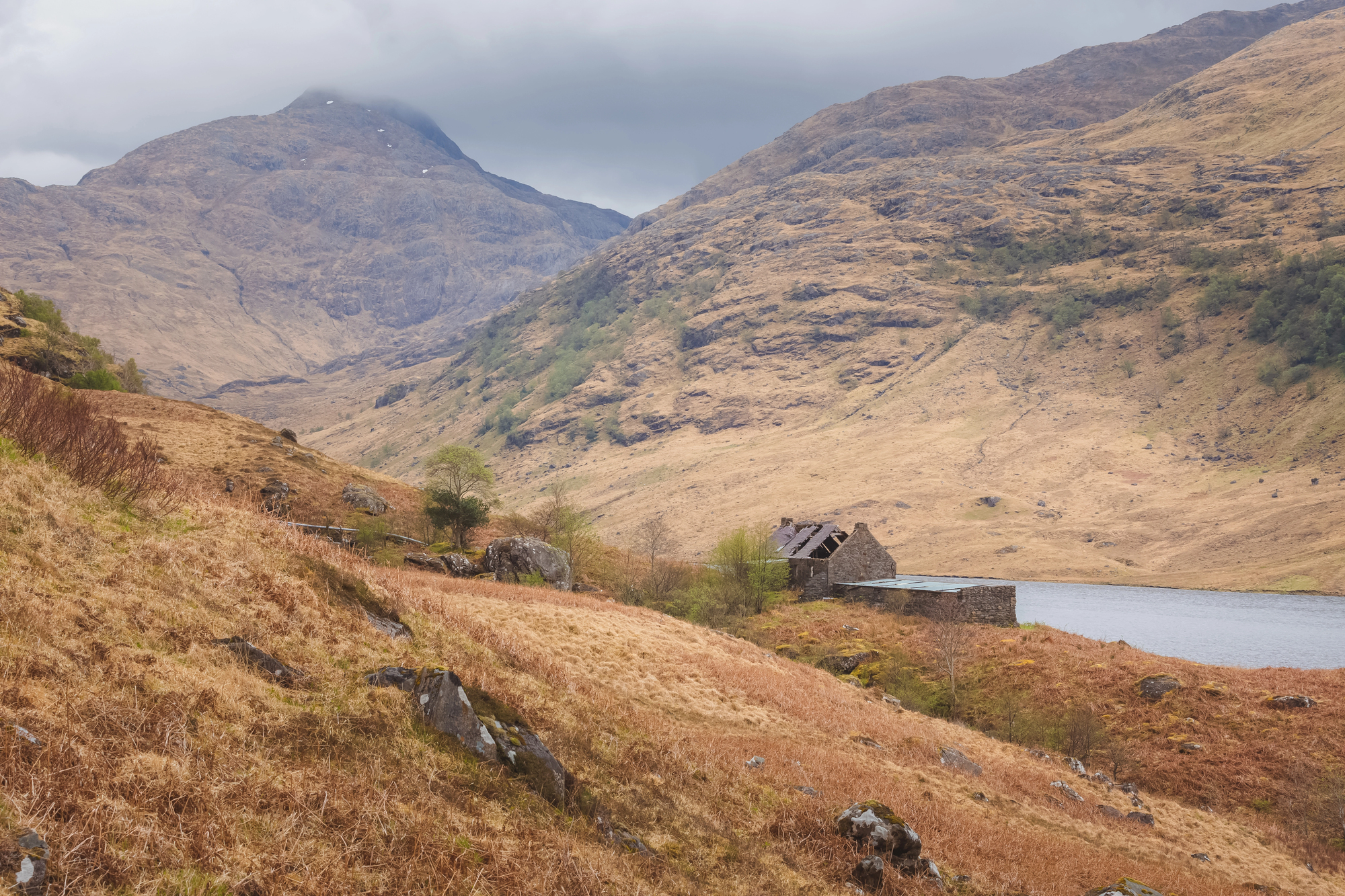
Known as Britain’s last wilderness, this remote peninsula remains inaccessible by road, requiring a boat journey or a challenging 16-mile hike. The handful of residents in the only settlement, Inverie, are outnumbered by red deer roaming the mountains.
Visitors experience genuine remoteness where the daily rhythm shifts entirely to natural cycles of light, weather, and tide.
The Flannan Isles
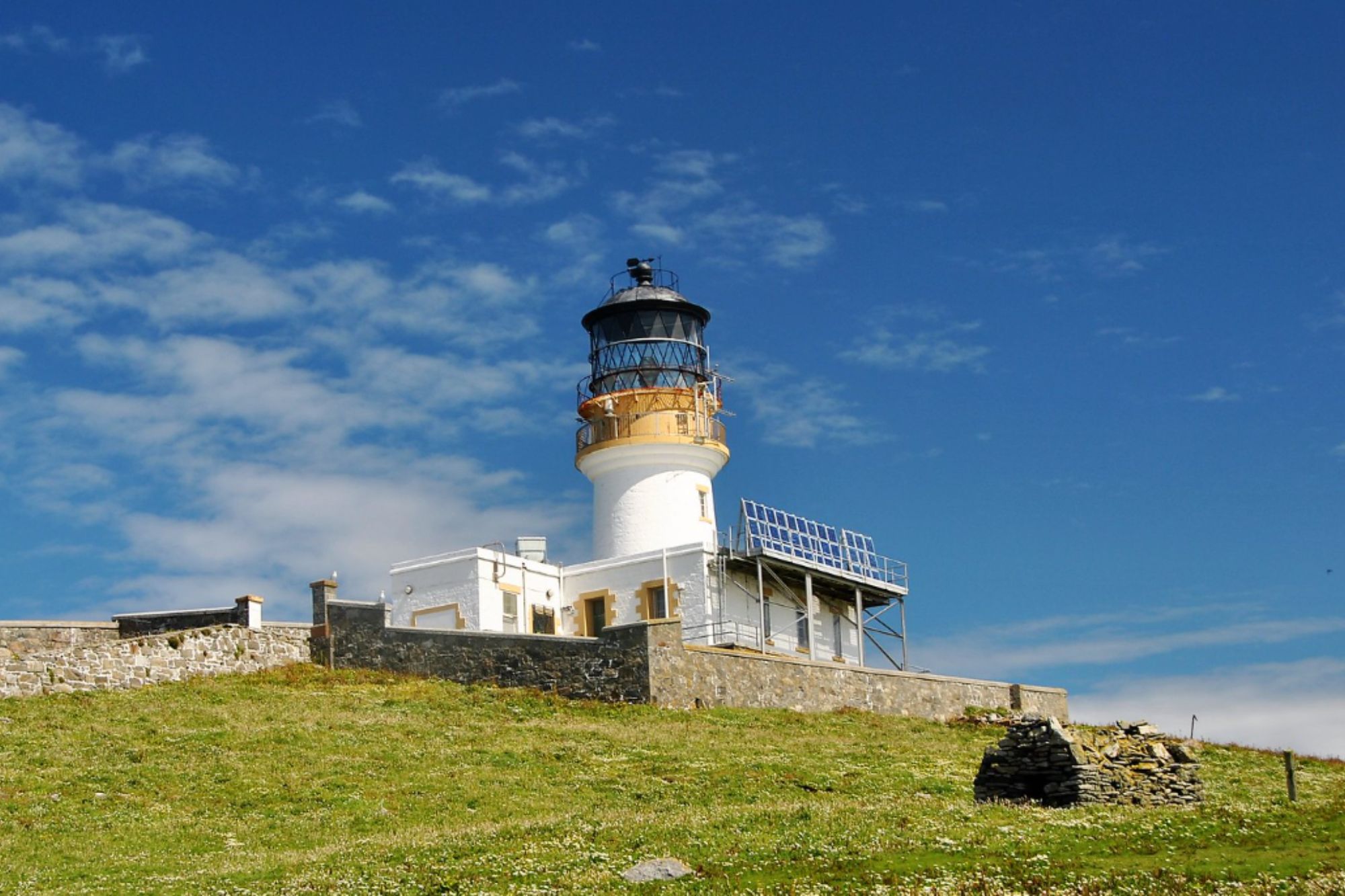
This uninhabited archipelago west of Lewis gained fame from a lighthouse keeper mystery but remains profoundly isolated and rarely visited. Seabirds outnumber human visitors by thousands to one, creating natural soundscapes dominated by calls echoing from steep cliffs.
The abandoned lighthouse stands as a lone human marker among islands otherwise completely surrendered to natural processes.
Rannoch Moor

This ancient bog stretches across 50 square miles of central Highland wilderness, creating one of Europe’s largest undisturbed peatlands. The railway that crosses its edge only emphasizes the vast emptiness beyond the tracks, where few paths exist.
Winter brings extreme silence when boggy ground freezes solid, and even animals seem to withdraw from the exposed terrain.
Like Travel Pug’s content? Follow us on MSN.
Cape Wrath

Scotland’s northwestern extremity features a single track road leading to a landscape of cliffs, moorland, and abandoned military installations. Strong Atlantic gales have shaped both the terrain and the scattered vegetation into forms that bow permanently eastward.
The cape’s name comes from the Viking word for “turning point,” marking where Norse sailors would change course rather than face the fearsome waters beyond.
Foula
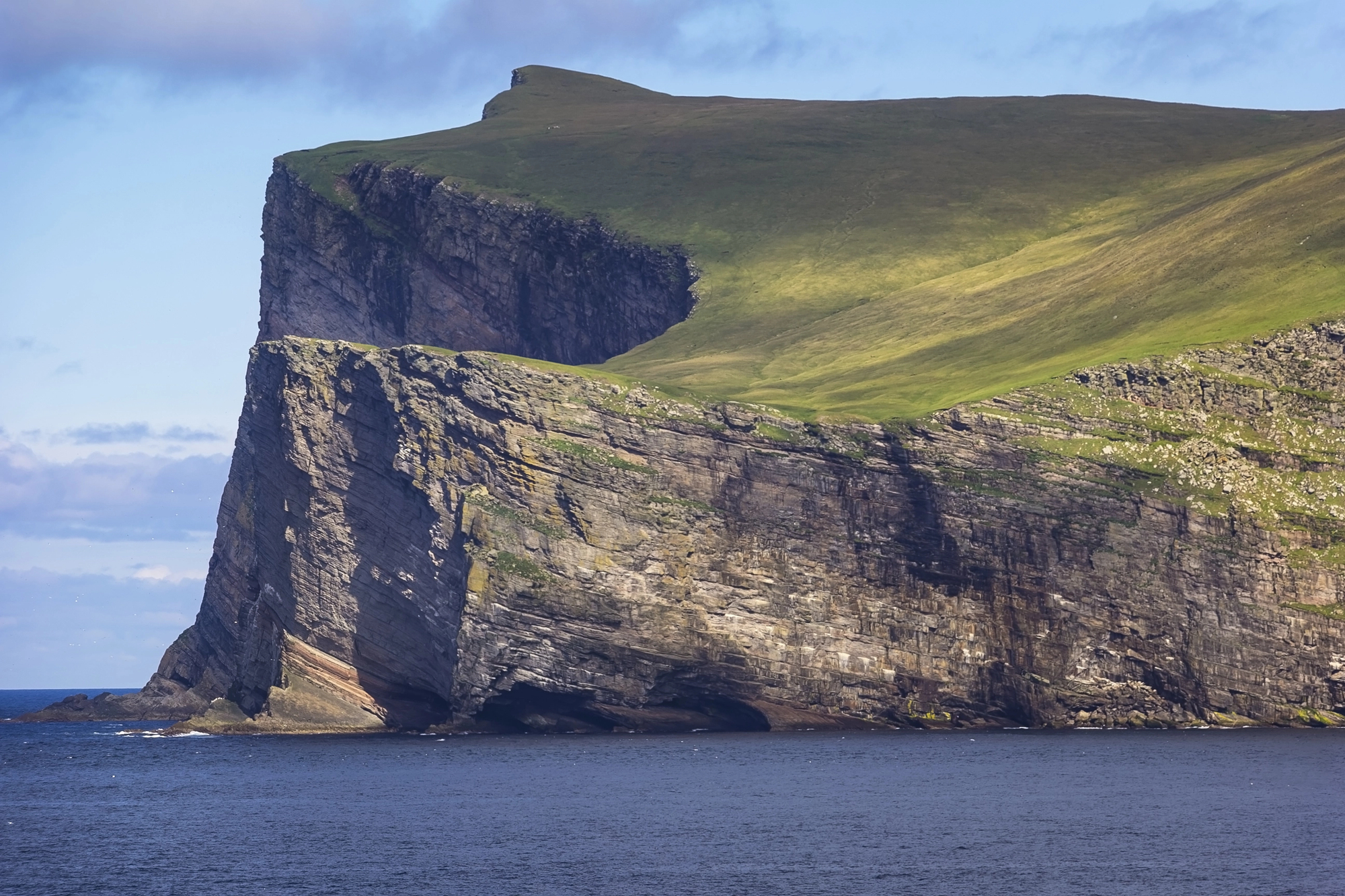
Shetland’s most remote inhabited island lies 20 miles west of the mainland with fewer than 30 residents maintaining a precarious human foothold. The dramatic cliffs rise over 1,000 feet directly from the sea, creating homes for vast seabird colonies.
Traditional crofting practices continue with minimal modernization, preserving agricultural patterns that have sustained life here for centuries.
Glen Affric
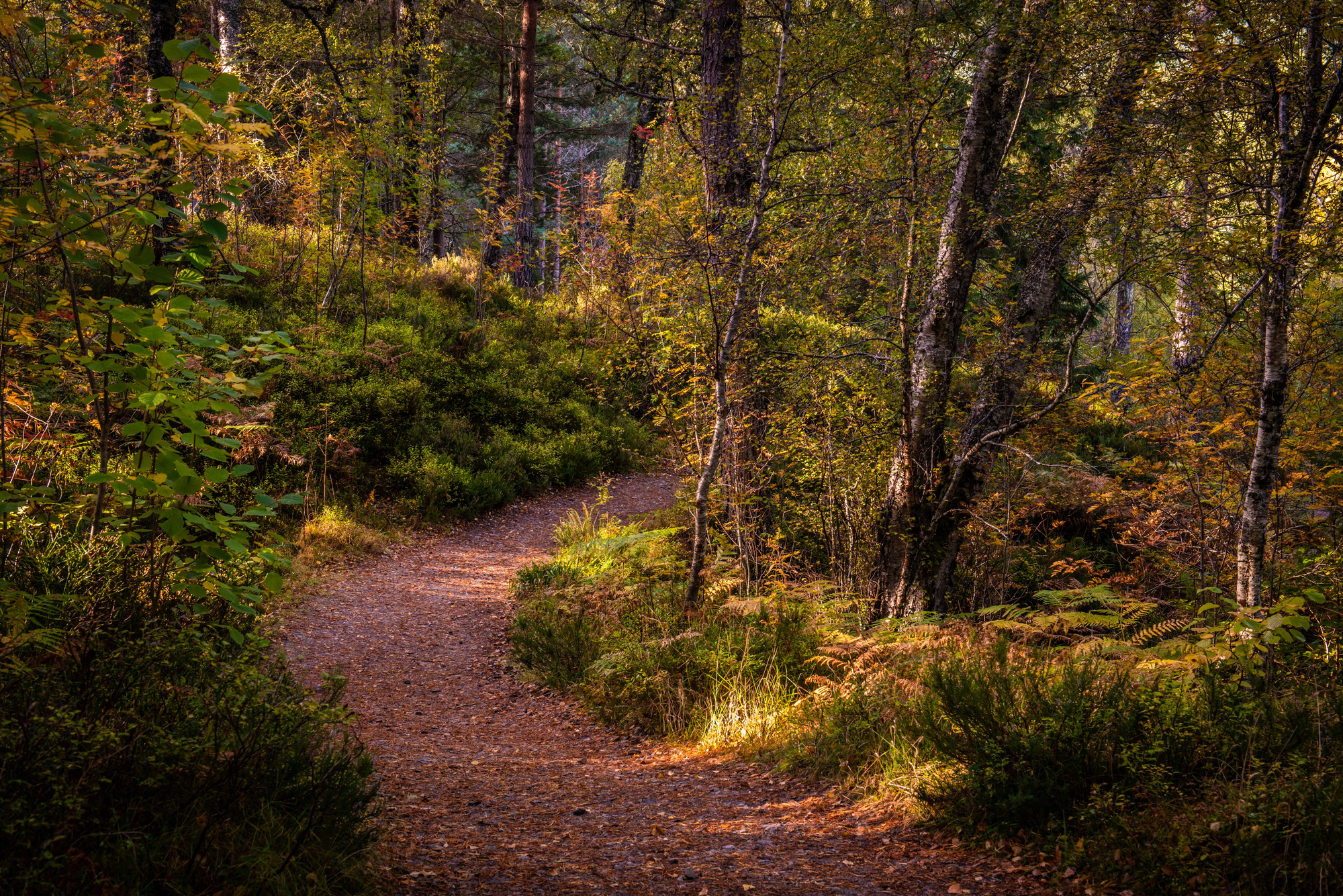
Often described as Scotland’s most beautiful glen, this ancient Caledonian pine forest represents a tiny remnant of woodland that once covered the Highlands. The native pines, some over 300 years old, create habitats for species that have nearly vanished elsewhere in Britain.
Dawn visits often reveal red deer moving silently between mist-draped trees in scenes unchanged for millennia.
Like Travel Pug’s content? Follow us on MSN.
Sandwood Bay
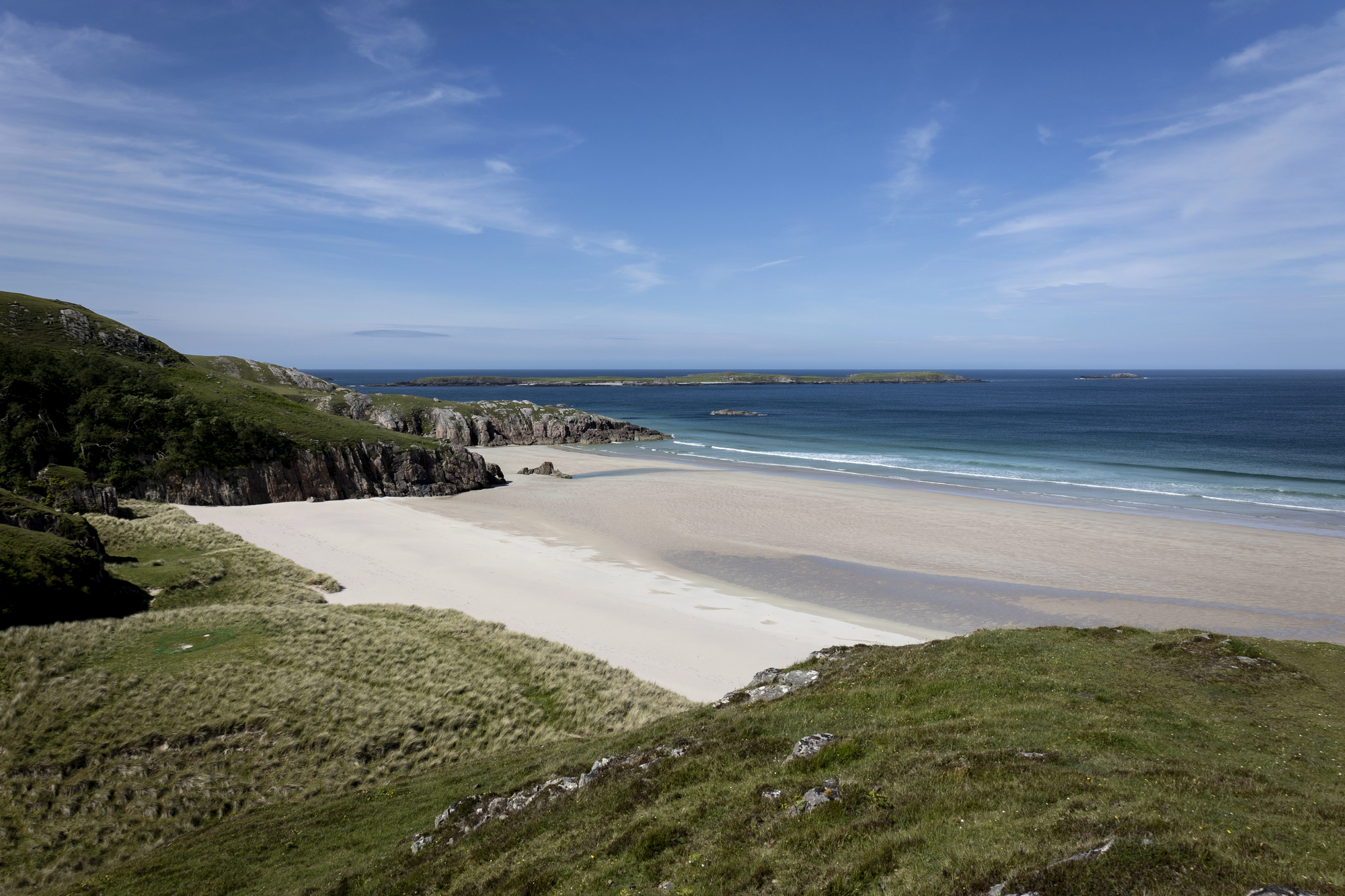
This perfect mile-long beach requires a four-mile hike across moorland to reach, ensuring it remains uncrowded even in summer. Massive dunes frame pristine sand facing uninterrupted Atlantic swells that have traveled thousands of miles.
Local folklore tells of mermaids and ghosts haunting the bay, adding mythic dimensions to an already otherworldly setting.
Loch Coruisk
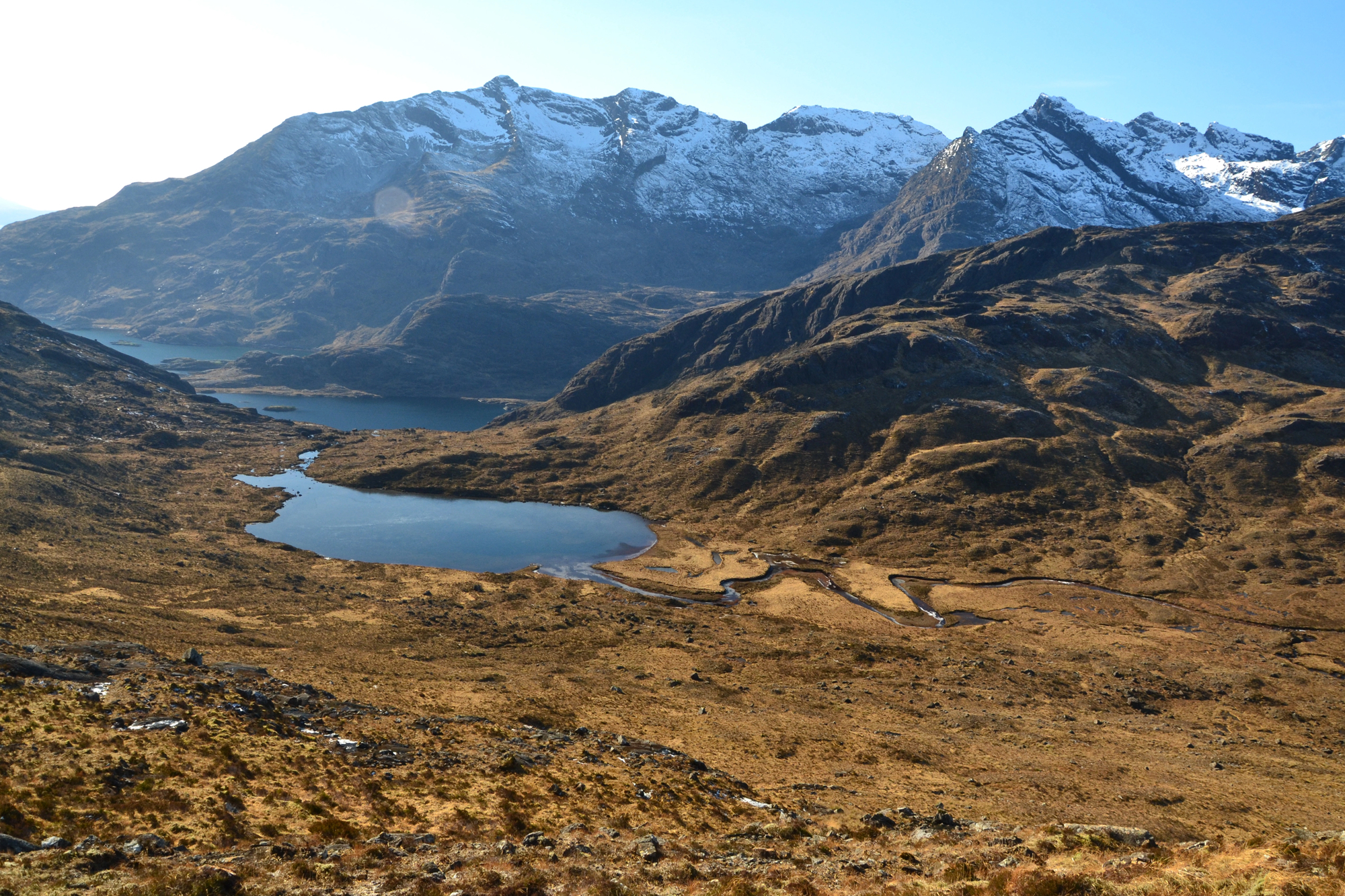
Nestled in the heart of Skye’s Black Cuillin mountains, this freshwater loch can only be reached by boat or a challenging hike over rough terrain. The dark water perfectly mirrors surrounding peaks when calm, creating natural infinity pools framed by some of Britain’s most dramatic mountains.
Victorian writer Alexander Smith described it as “the most savage scene in the Highlands.”
The Moine Mhor
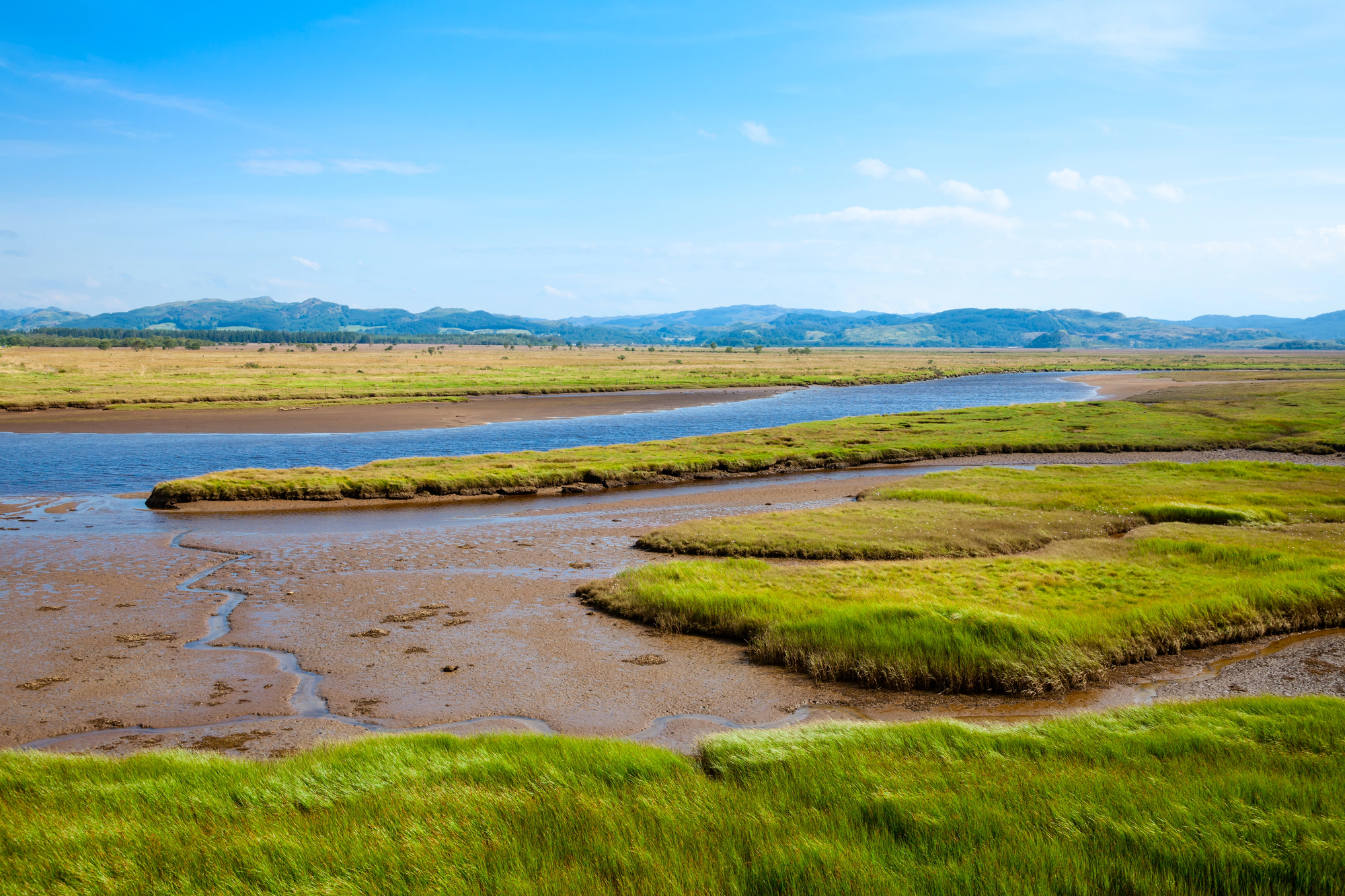
This “great moss” near Kilmartin represents one of Scotland’s oldest landscapes—a raised bog that has been accumulating peat for over 5,000 years. Plant communities here have remained essentially unchanged since prehistoric humans built the stone circles that still dot surrounding hills.
The bog’s surface moves slightly underfoot, breathing like a living organism stretched across time.
Like Travel Pug’s content? Follow us on MSN.
St Kilda
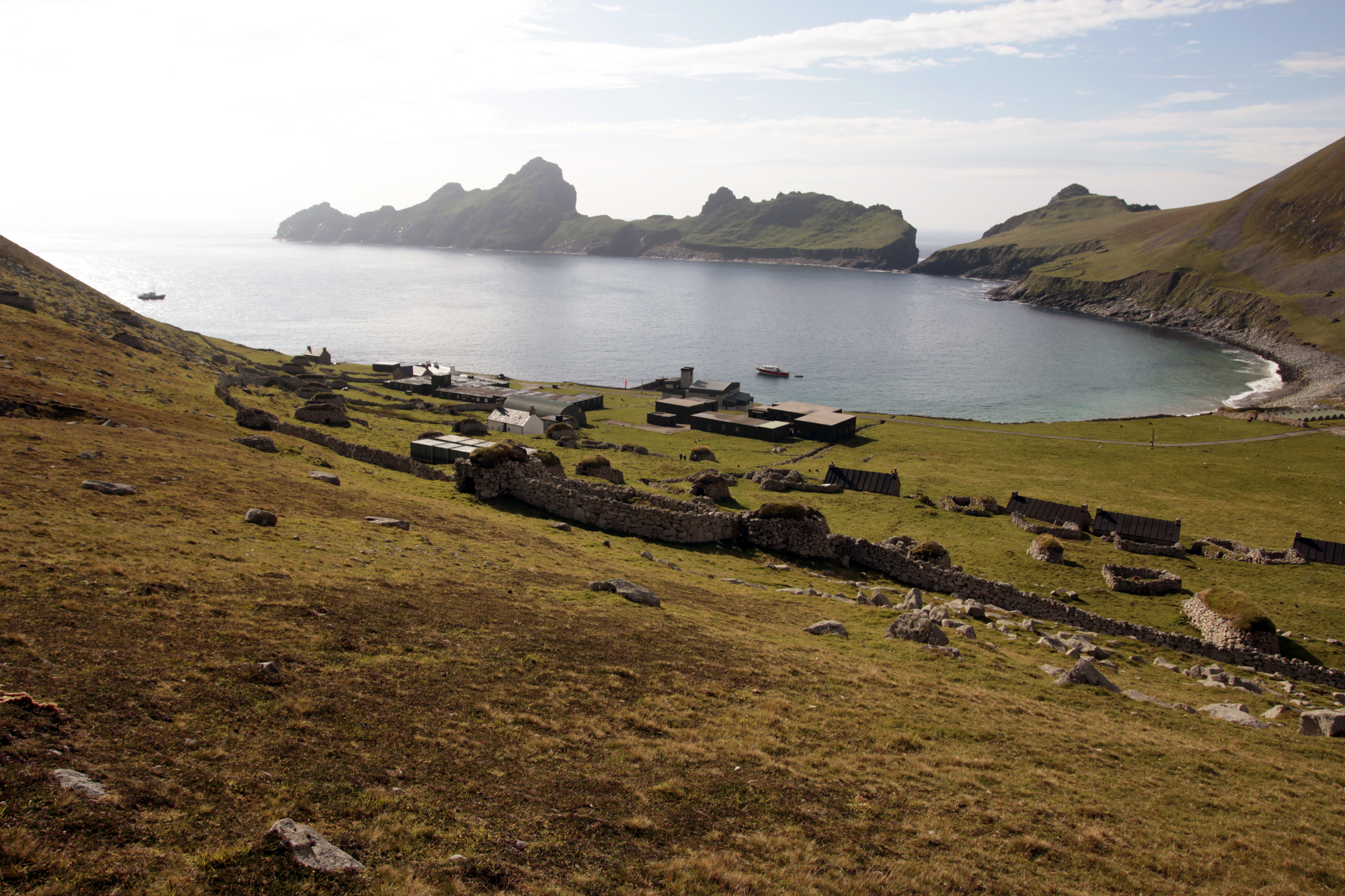
This remote archipelago sits 40 miles beyond the Outer Hebrides, abandoned by its human population in 1930 after thousands of years of continuous habitation. The crumbling village remains as a monument to human endurance while natural forces gradually reclaim the structures.
The cliffs host Europe’s largest seabird colony, creating submarine-like sounds when thousands of birds call simultaneously.
Glencoe’s Lost Valley
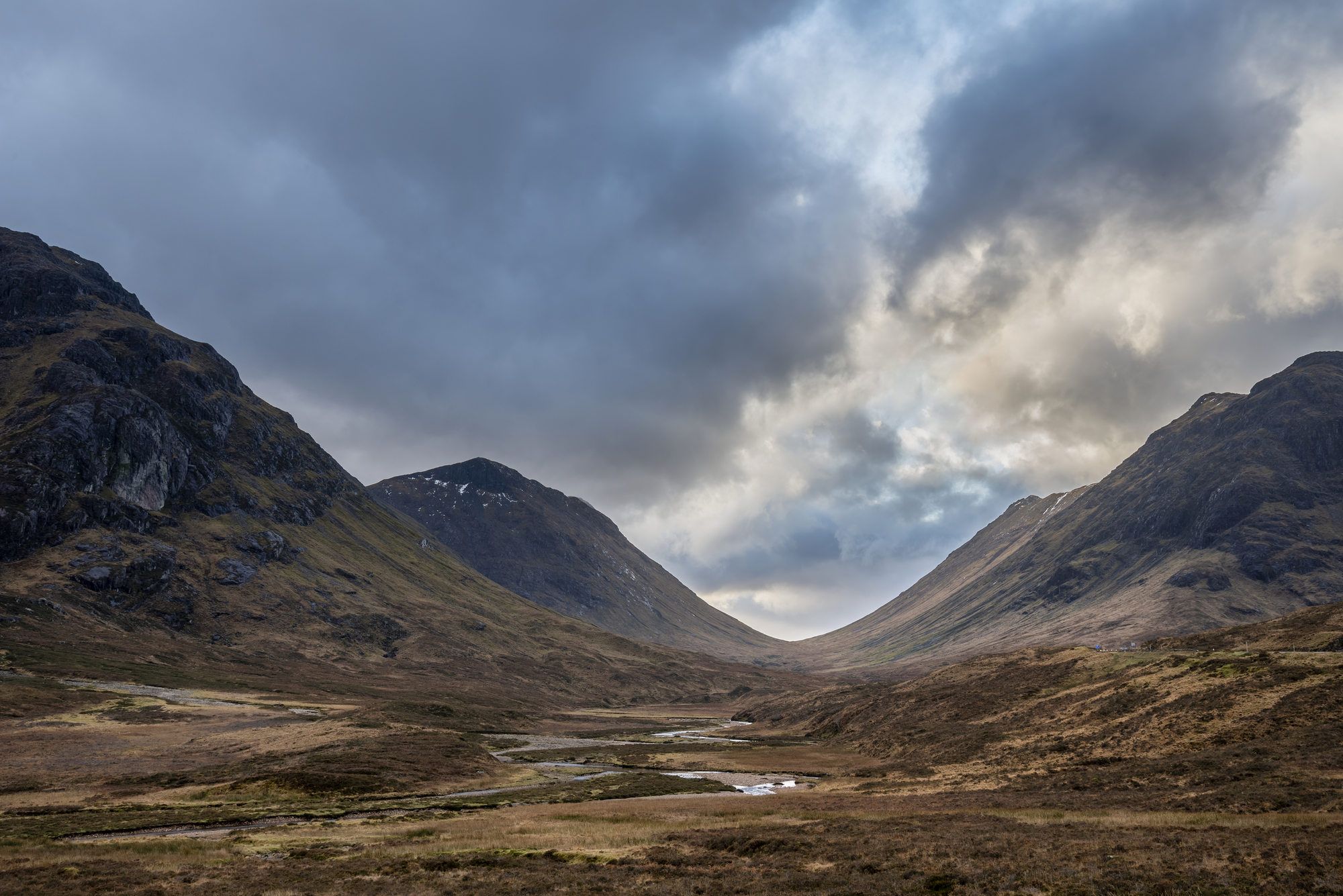
Hidden between massive mountain buttresses, this hanging valley concealed stolen cattle for the MacDonalds of Glencoe for centuries. A challenging scramble up through a narrow gorge rewards visitors with an unexpected flat-floored valley suspended above the main glen.
Boulder fields created by ancient landslides create natural labyrinths rarely explored by the tourists who crowd the main road below.
Gruinard Bay
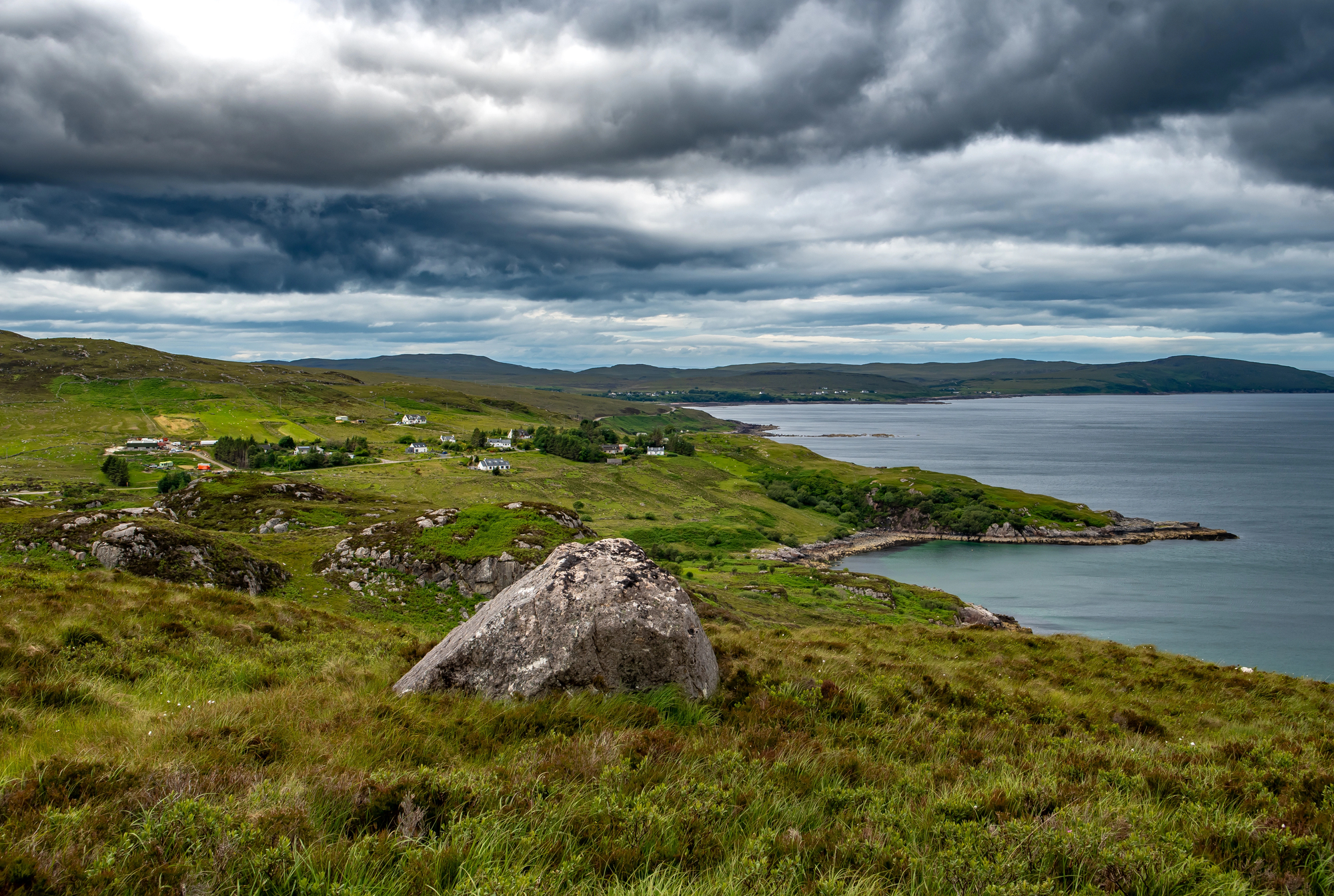
This remote mainland beach features pink-tinged sand derived from nearby Torridonian sandstone formations dating back billions of years. The bay spent decades quarantined after WWII biological warfare tests but has returned completely to nature.
The clear waters host kelp forests supporting remarkable marine biodiversity visible even from shore.
Like Travel Pug’s content? Follow us on MSN.
Cairngorm Plateau
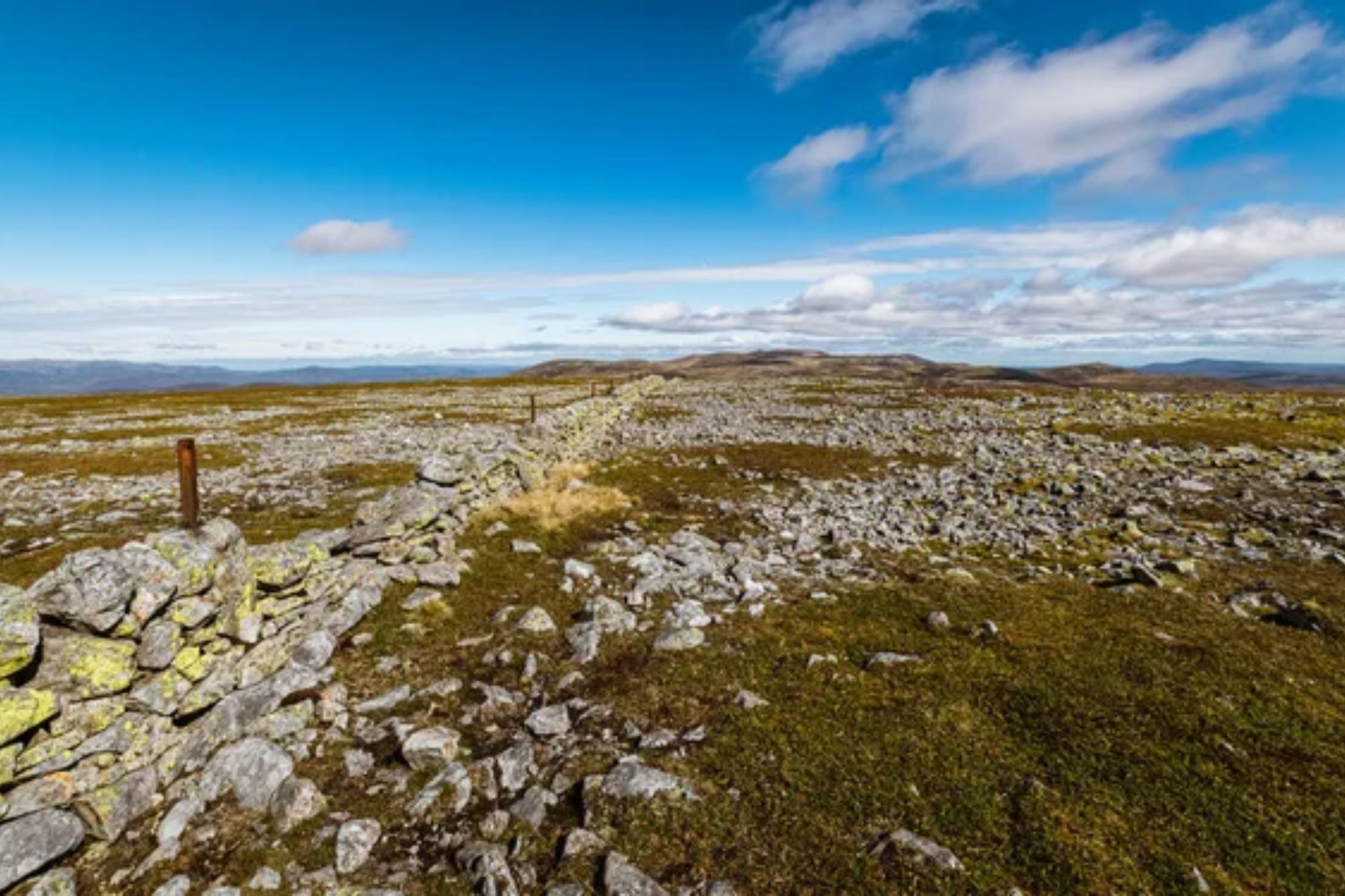
The highest sustained landmass in Britain creates an Arctic-like environment where conditions match those found 1,000 miles further north. Alpine and Arctic plant species survive here that exist nowhere else in the British Isles.
Winter transforms the landscape into a true polar environment where experienced mountaineers encounter conditions matching those of far northern landscapes.
The Quiraing
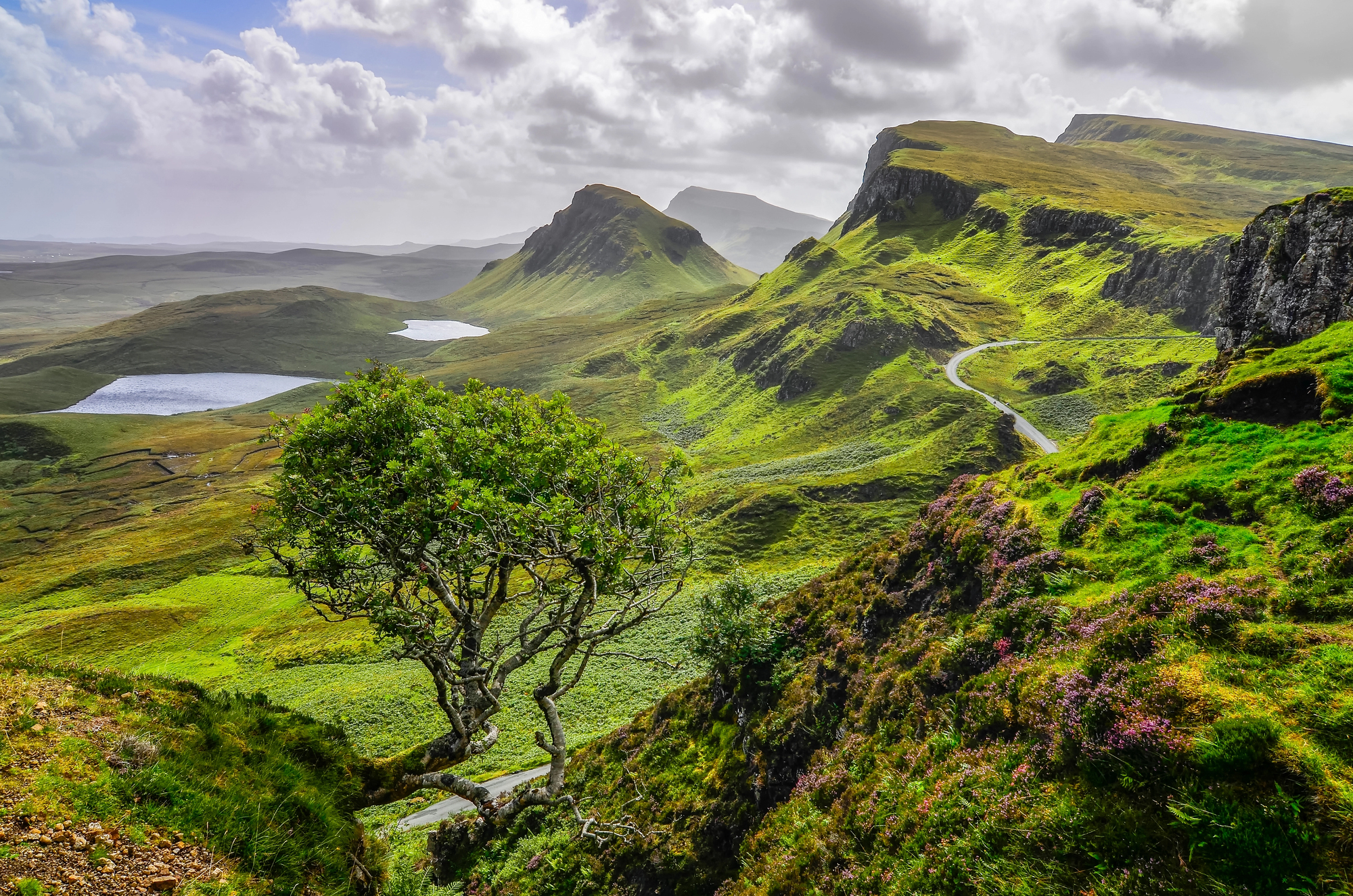
This massive landslip on Skye’s Trotternish Peninsula continues moving a few centimeters annually, creating an ever-changing landscape of pinnacles, hidden plateaus, and strange rock formations. Early morning fog transforms the already otherworldly terrain into something that seems to belong in fantasy rather than reality.
Sheep paths provide the only guidance through sections where human trails disappear entirely.
Loch Arkaig

This remote freshwater loch stretches through ancient native woodland largely untouched by modern forestry practices. The surrounding Rough Bounds provided hiding places for Jacobite gold and fugitives after Culloden, with landscape so complex that pursuers became hopelessly lost.
Modern visitors still experience challenging navigation through terrain where landmarks disappear quickly in changing weather.
Like Travel Pug’s content? Follow us on MSN.
The Hermit’s Castle
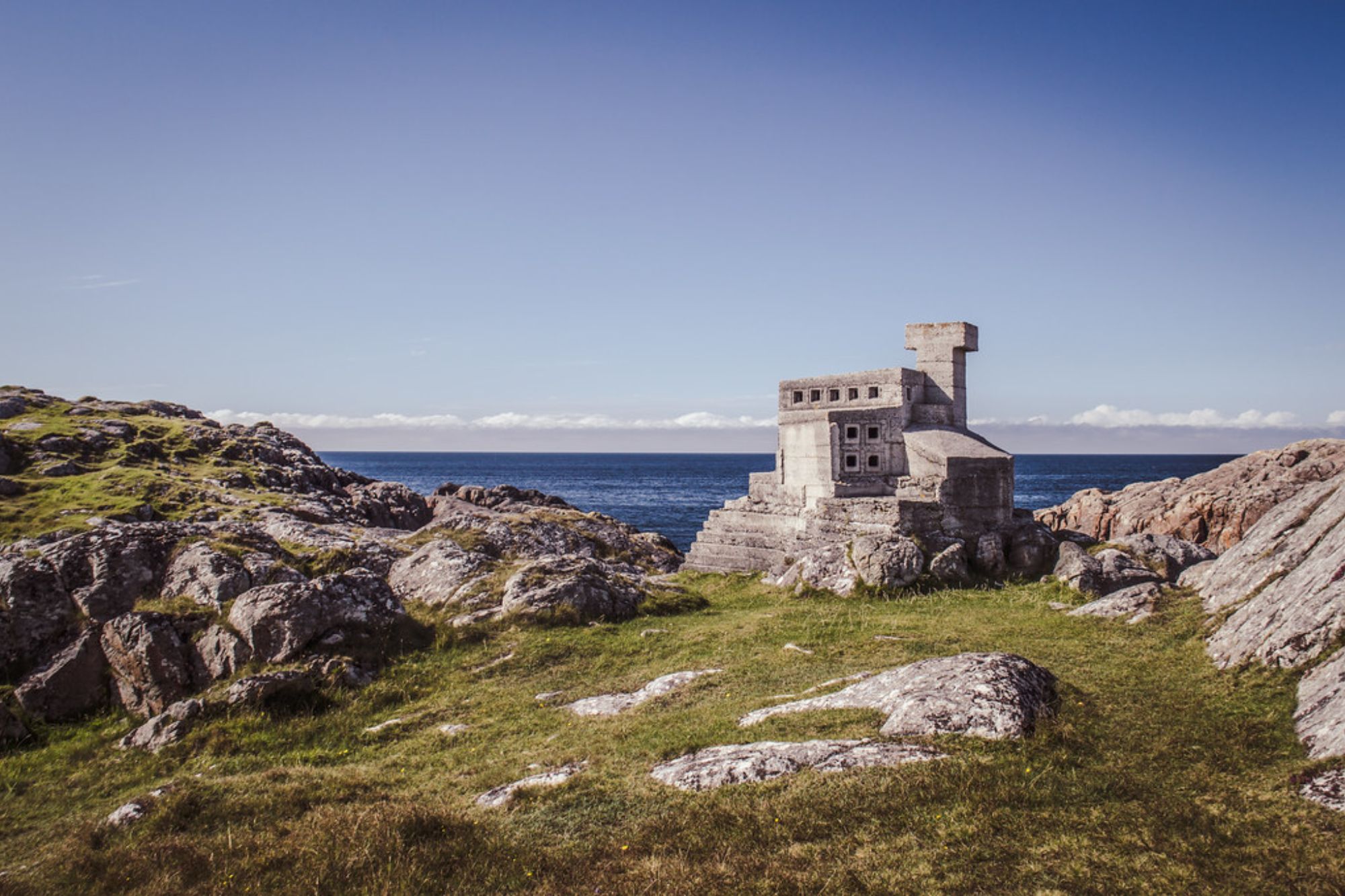
Scotland’s smallest castle sits on a remote headland near Achmelvich, built by an architect in the 1950s then abandoned after spending just one night inside. The brutalist concrete structure has weathered into harmony with the rocky coastline surrounding it.
Few visitors make the shoreline scramble to reach this modern ruin where boundaries between architecture and natural rock formations increasingly blur.
Ben Loyal

The “Queen of Scottish Mountains” rises dramatically from relatively flat surroundings in Scotland’s far north, creating distinctive silhouettes visible for miles. The mountain’s complex topography includes four separate peaks and numerous hidden corries holding small lochs.
The surrounding moorland represents some of Europe’s least altered natural terrain, supporting wildlife that has vanished from more heavily managed landscapes.
Isle of Jura
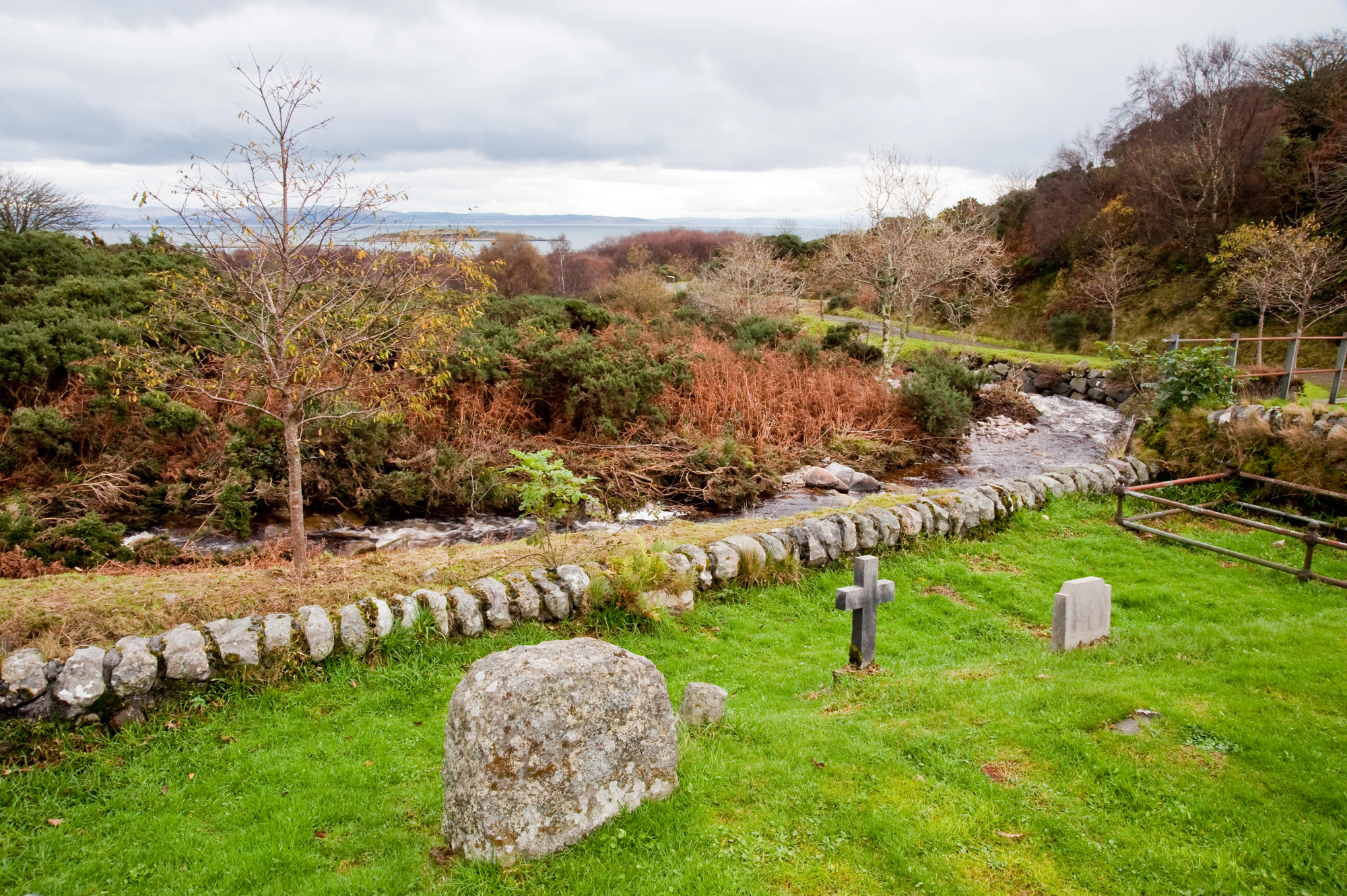
George Orwell chose this sparsely populated island to write “1984,” seeking isolation among its single track road and mountains known as the Paps of Jura. A population of 6,000 red deer outnumbers human residents by more than 30 to 1, creating challenges for the few crofters who maintain traditional practices.
The island’s exposed west coast faces the Gulf of Corryvreckan, home to the third-largest whirlpool in the world.
Like Travel Pug’s content? Follow us on MSN.
Loch Avon Basin
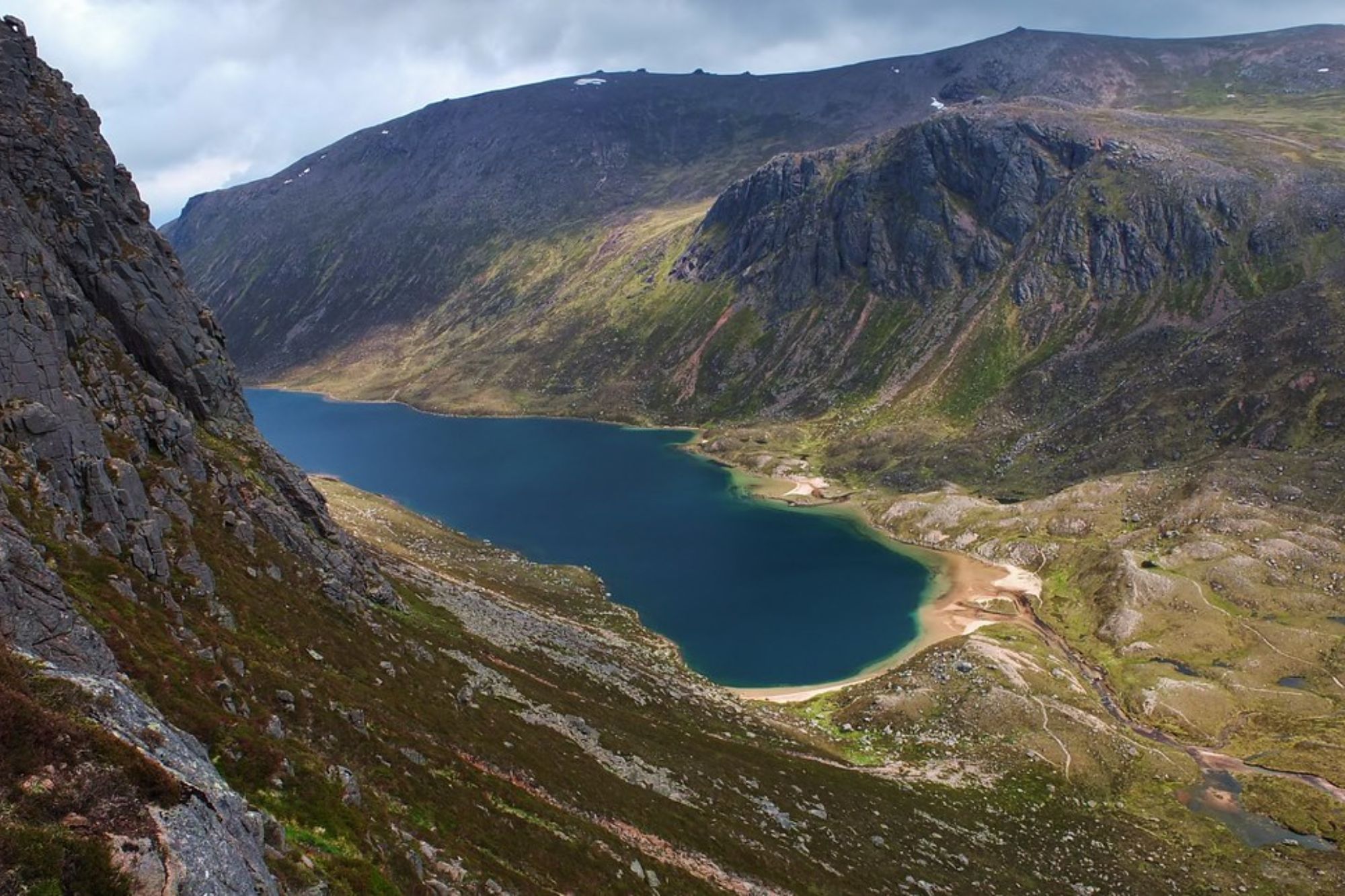
This granite bowl nestled deep within the Cairngorms creates a distinctive microclimate where snow sometimes lingers through summer. The surrounding cliffs shelter rare plant communities that have survived since the last ice age retreated.
The five-hour hike required to reach the basin ensures visitors earn their solitude through physical effort and navigational skill.
The Nature of Quiet
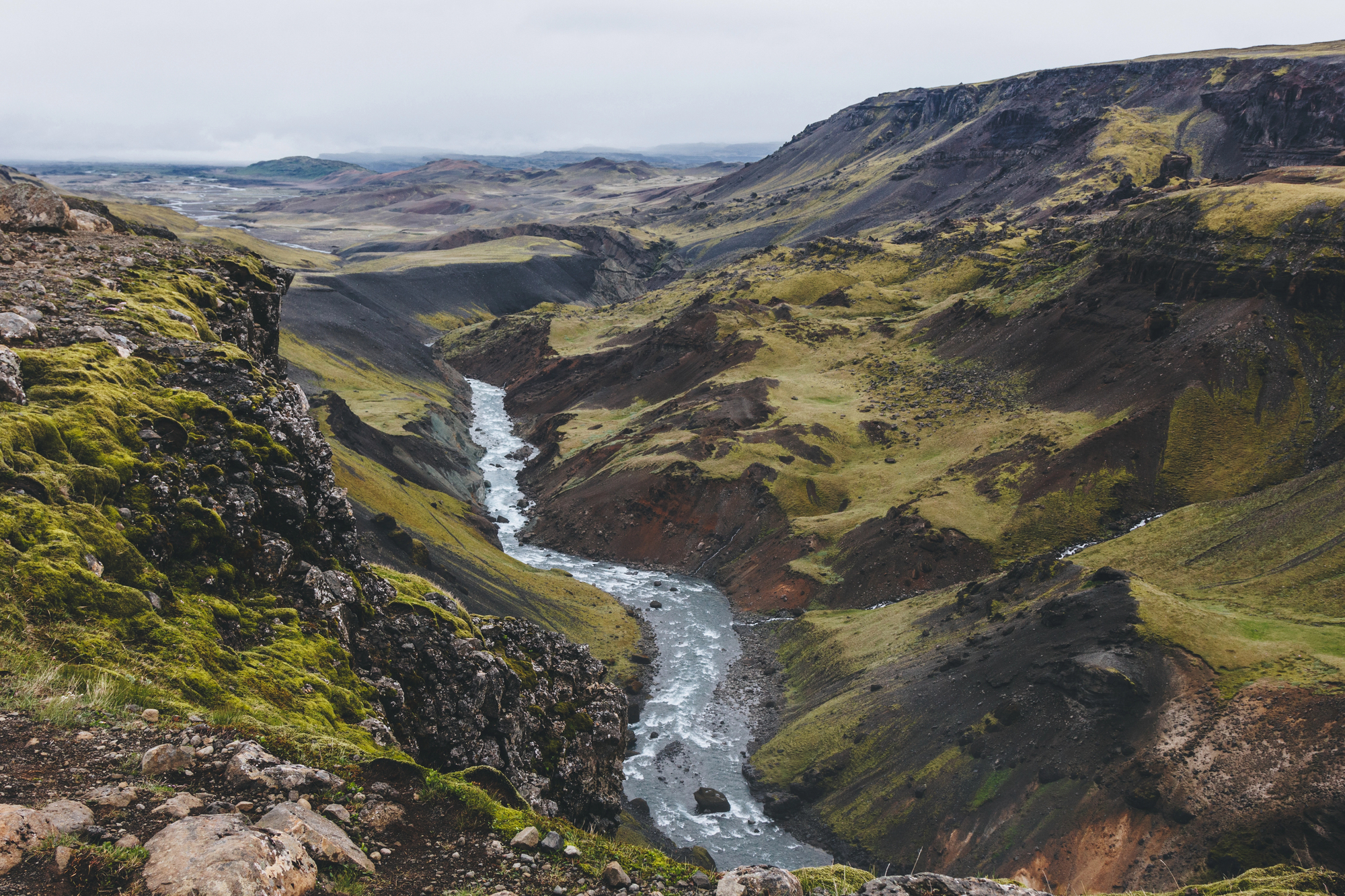
These quiet corners of Scotland offer more than just escape—they provide increasingly rare opportunities to experience landscapes where natural processes remain the dominant forces. In a world where human influence reaches virtually everywhere, these places maintain ecological and geological systems operating much as they have for thousands of years.
The profound silence found in these settings offers not emptiness but richness, allowing visitors to hear the subtle language of landscapes speaking in their own authentic voices.
More from Travel Pug

- Cities Growing so Fast You Won’t Recognize Them in 10 Years
- 13 Destinations Where Tourists Regularly Regret Their Trip
- 20 Obscure WWII Sites Even History Buffs Don’t Know About
- 10 Under-the-Radar Mountain Towns That Are Both Affordable and Beautiful
- 20 Abandoned Places That Feel Like Real-Life Post-Apocalyptic Movie Sets
Like Travel Pug’s content? Follow us on MSN.
